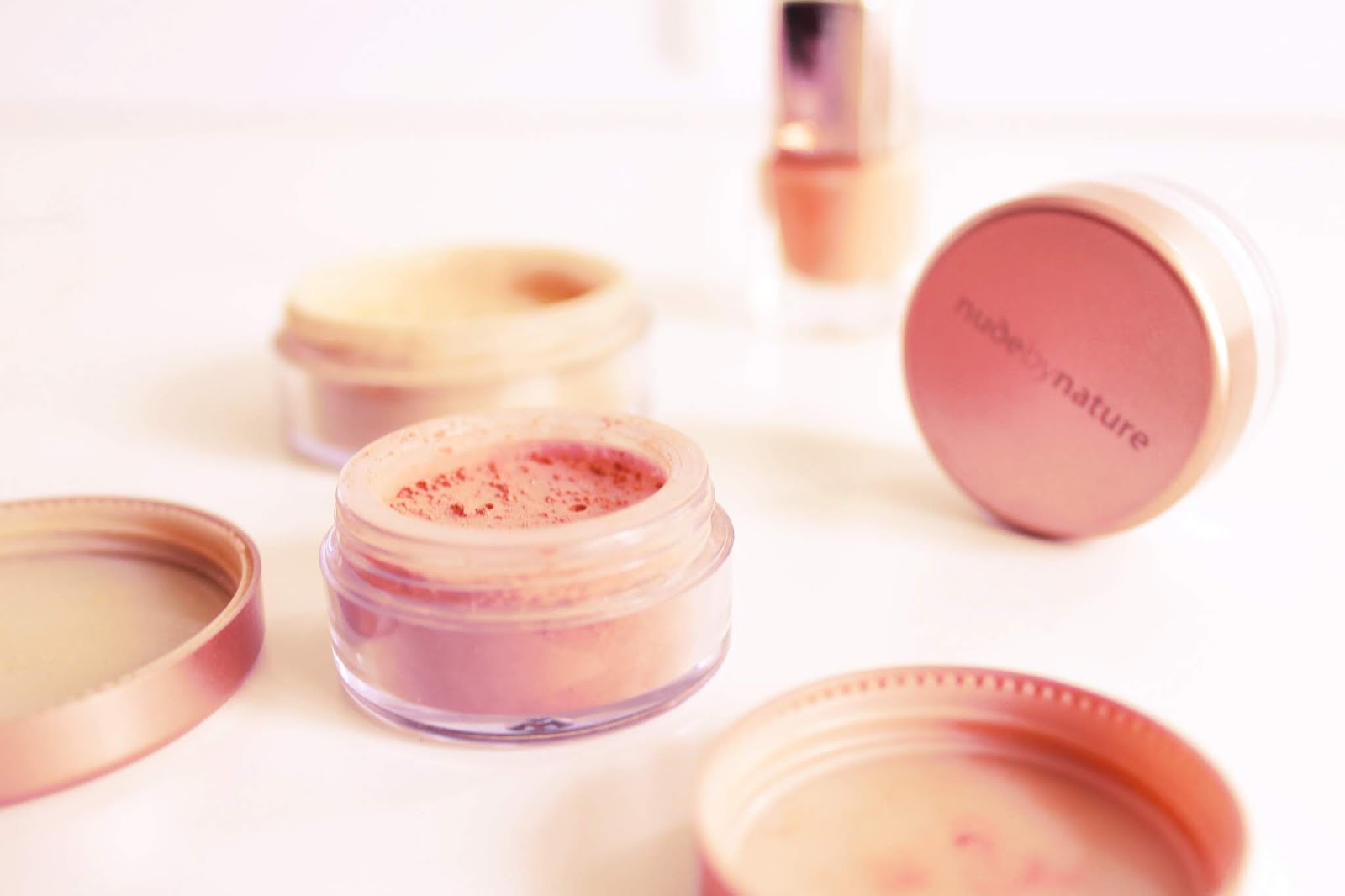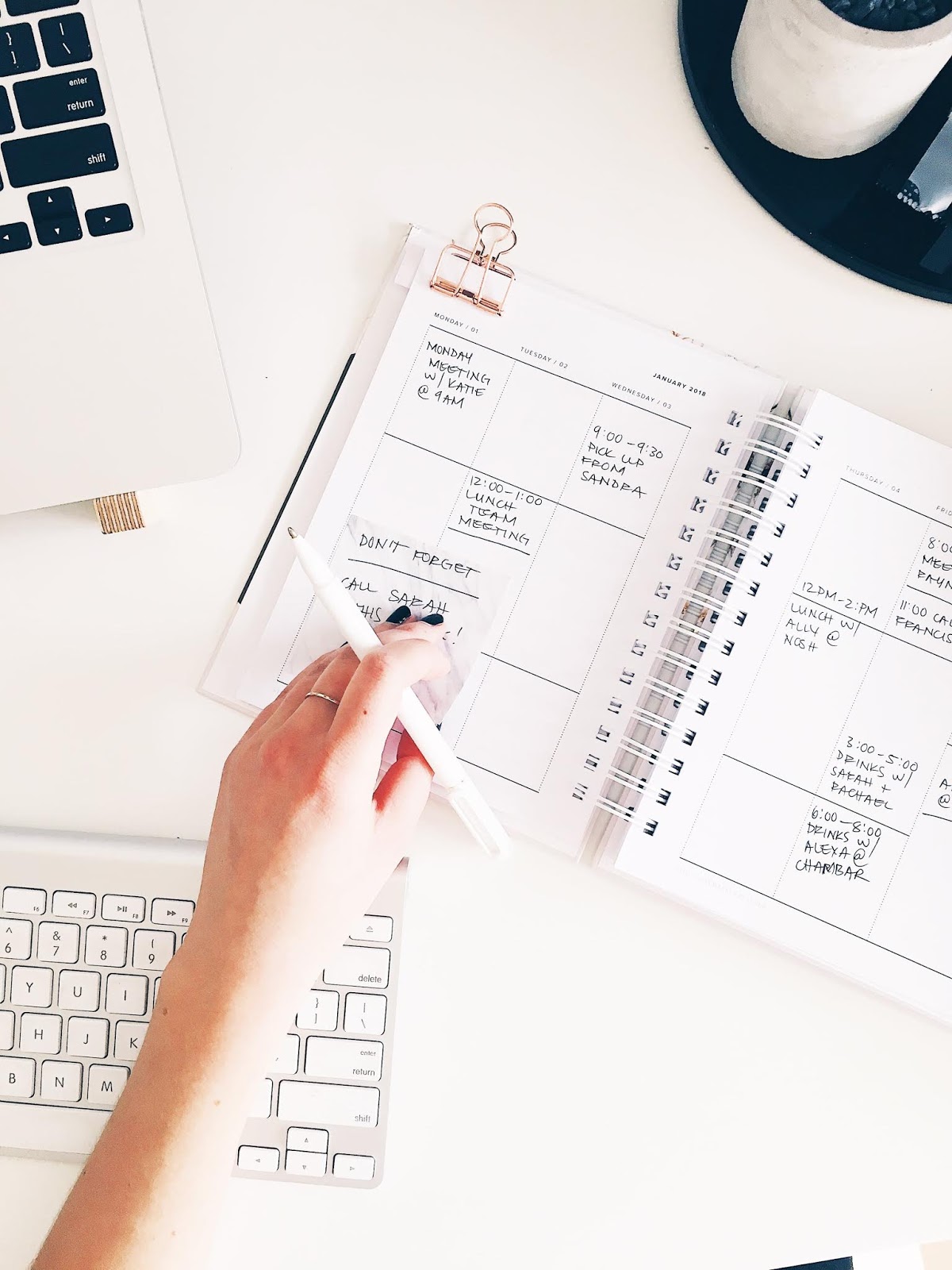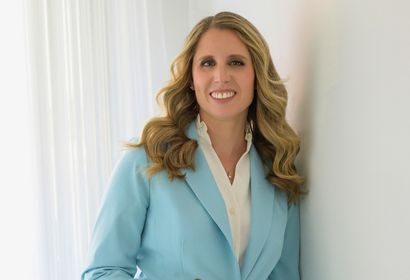What Is a Debt-Free Routine?
Definition:
A Debt-Free Routine is a set of daily, weekly, and monthly habits designed to help individuals and families take control of their finances, avoid unnecessary debt, and build a secure financial future. It includes mindful spending, consistent budgeting, strategic saving, and disciplined money management.
Who Benefits from a Debt-Free Routine?
Anyone looking to break free from the paycheck-to-paycheck cycle and create financial stability can benefit from a debt-free routine. Whether you’re tackling student loans, credit card debt, or simply trying to build better money habits, having a structured financial plan simplifies the process and makes financial freedom feel achievable.
Why Is a Debt-Free Routine Important?
The Reality of Debt in America
📊 Studies show that 78% of Americans live paycheck to paycheck, and 40% can’t cover a $400 emergency expense without borrowing money.
Without a plan, many families rely on credit cards and loans to cover unexpected expenses, leading to an ongoing cycle of debt. However, with a structured routine, you can take charge of your money instead of letting it control you.
What a Debt-Free Routine Solves:
✅ Eliminates impulse spending
✅ Creates a clear plan for monthly bills & expenses
✅ Encourages saving for emergencies and future goals
✅ Reduces financial stress and uncertainty
The Ultimate Result:
A life where money is a tool for freedom rather than a source of anxiety. A well-planned routine allows you to build savings, make intentional financial decisions, and create a future of financial stability.
How to Build a Debt-Free Routine
1️⃣ The Wake-Up Call Moment (A Personal Financial Reality Check)
I still remember the night I hit my financial breaking point. Sitting at our kitchen table, I stared at a stack of unpaid bills and a bank account that was dangerously close to zero. My husband and I both had decent jobs, so why did it feel like we were always scrambling to make ends meet?
That night, I did something I had been avoiding for months—I added up all of our debt. Credit cards, car loans, medical bills… it all totaled over $20,000. My stomach dropped. No wonder we felt stuck.
It wasn’t that we were reckless spenders. We weren’t buying luxury handbags or taking extravagant vacations. It was the little things—grabbing dinner because we were too tired to cook, saying “yes” to every birthday party invitation, those quick Target runs that somehow turned into $100 hauls.
That was the night I decided: we had to take control of our money instead of letting it control us. And the first step? Building a simple, repeatable Debt-Free Routine to change our habits for good.
2️⃣ The Sunday Budget Check-In
📌 What It Is: A 10-15 minute weekly review of your spending and budget.
✅ Why It Works: Helps you stay aware of your finances without feeling overwhelmed.
📊 How to Implement: Use a budgeting app or a simple notebook to track expenses. Adjust as needed to stay within your financial goals.
💡 That first Sunday, I realized something shocking: We had spent over $250 on eating out in just two weeks. That was almost our entire grocery budget! No wonder we were always short on cash.
So, we made a small change. Instead of grabbing takeout multiple times a week, we planned our meals and prepped easy dinners. I won’t lie—it was an adjustment. But by the end of the month, we had saved nearly $400.
That was the moment I realized: small, intentional changes really do add up.
3️⃣ The 24-Hour Rule for Spending
📌 What It Is: Before making a non-essential purchase, wait 24 hours.
✅ Why It Works: Reduces impulse spending and encourages mindful buying.
📊 How to Implement: Set a reminder on your phone or maintain a “wishlist” for items. If you still find value in the purchase after 24 hours, then consider it.
💡 I walked into Target for toothpaste. Just toothpaste. But then I saw a cute candle, some throw pillows, and a new notebook for journaling. Before I knew it, I was at the checkout swiping my card for a $97 total.
Did I really need any of those things? Nope.
That’s when I implemented the 24-Hour Rule. Now, whenever I see something I want (but don’t need), I wait 24 hours before buying it. Most of the time? I forget about it completely. That one simple rule has saved me hundreds of dollars every month.
4️⃣ The Cash Envelope System
📌 What It Is: A system where you allocate cash for specific spending categories (groceries, dining out, entertainment, etc.).
✅ Why It Works: Once the cash is gone, you stop spending—helping you stay within budget.
📊 How to Implement: Withdraw cash at the beginning of the month and divide it into labeled envelopes.
💡 Want to get a handle on your grocery spending? Download my Ultimate Budget Toolkit and start tracking your expenses today! [Insert link]
5️⃣ The Debt-Free Victory Moment
The day we made our last debt payment, I felt lighter than I had in years.
For so long, debt had been a weight we carried everywhere. Every paycheck was already spoken for before we even got it. Every month, we sent hundreds of dollars to credit card companies, barely making a dent in what we owed.
But we kept going. We built a debt-free routine, stuck to our budget, and made extra payments whenever we could. Some months were harder than others, but we never gave up.
And then, finally—it was gone. No more credit card bills. No more minimum payments. No more stress every time I checked my bank account.
That night, we celebrated—not with a fancy dinner or an expensive trip, but with a quiet moment of gratitude. Because financial freedom isn’t about what you can buy—it’s about the peace of mind that comes with knowing your money is truly yours.
Start Your Debt-Free Living Journey
💡 Ready to take the first step? 📥 Grab your FREE Ultimate Budget Toolkit here! [Insert link]
By committing to these small changes, you’re creating a financial future that is stable, stress-free, and debt-free.







